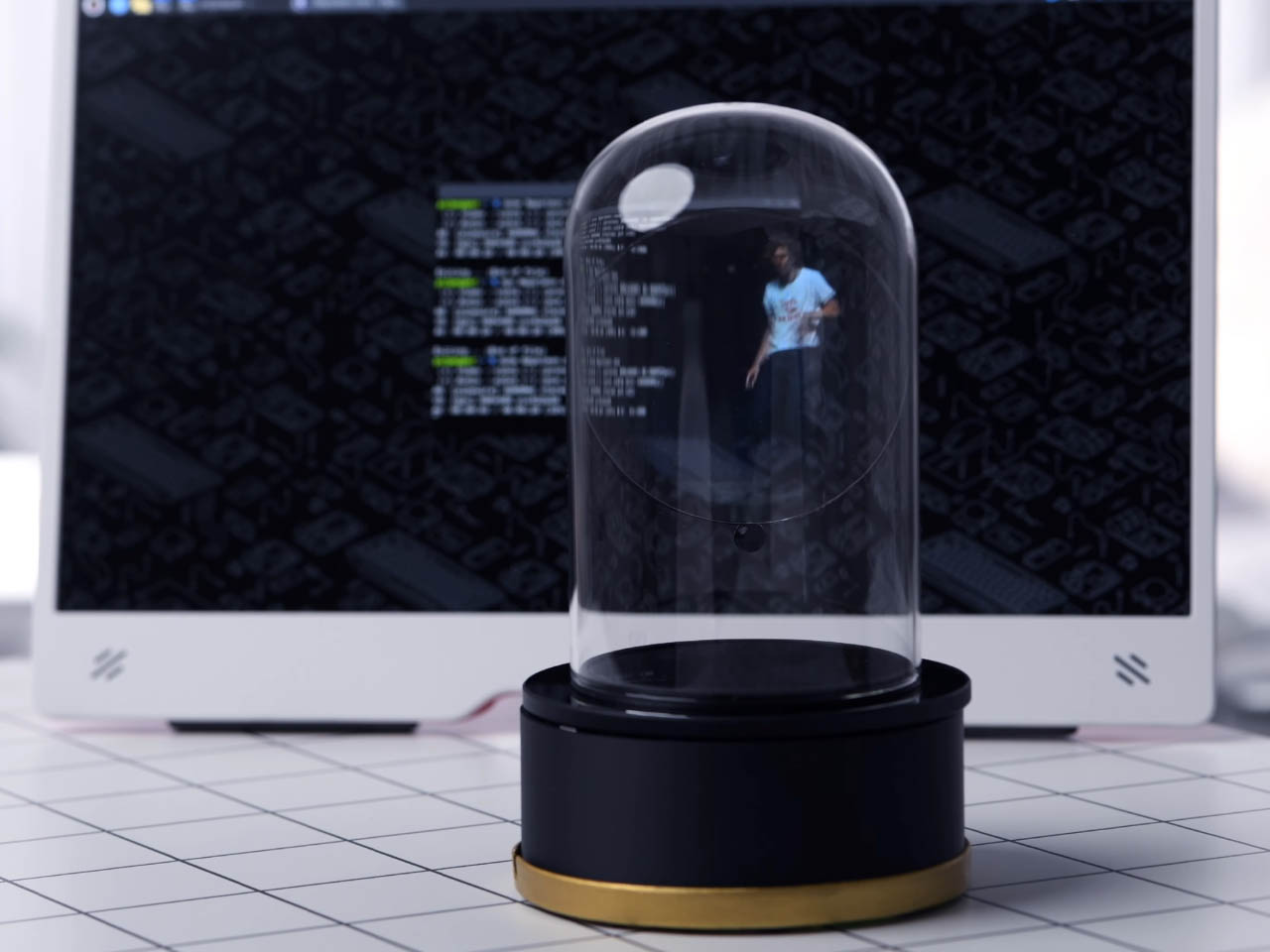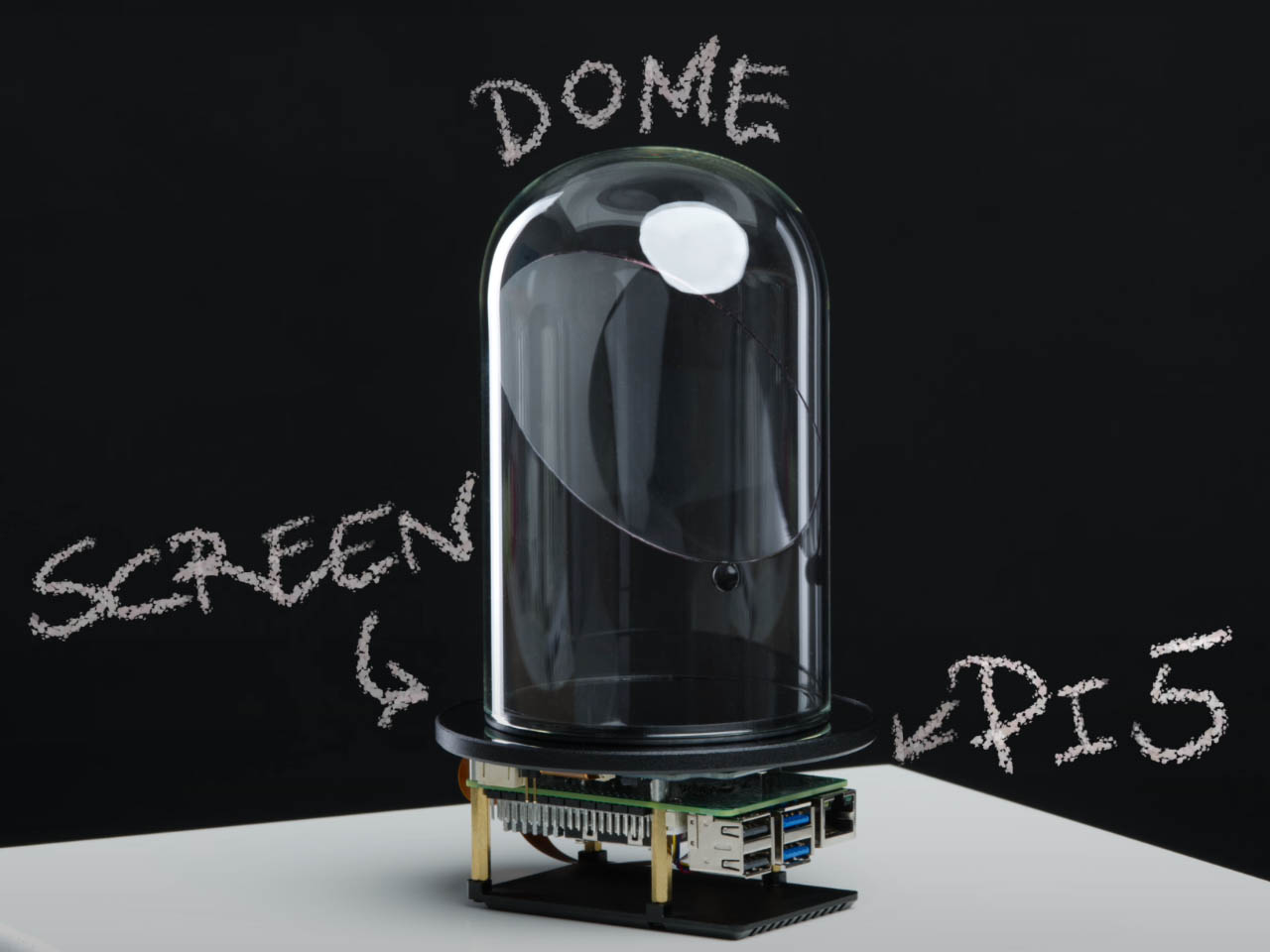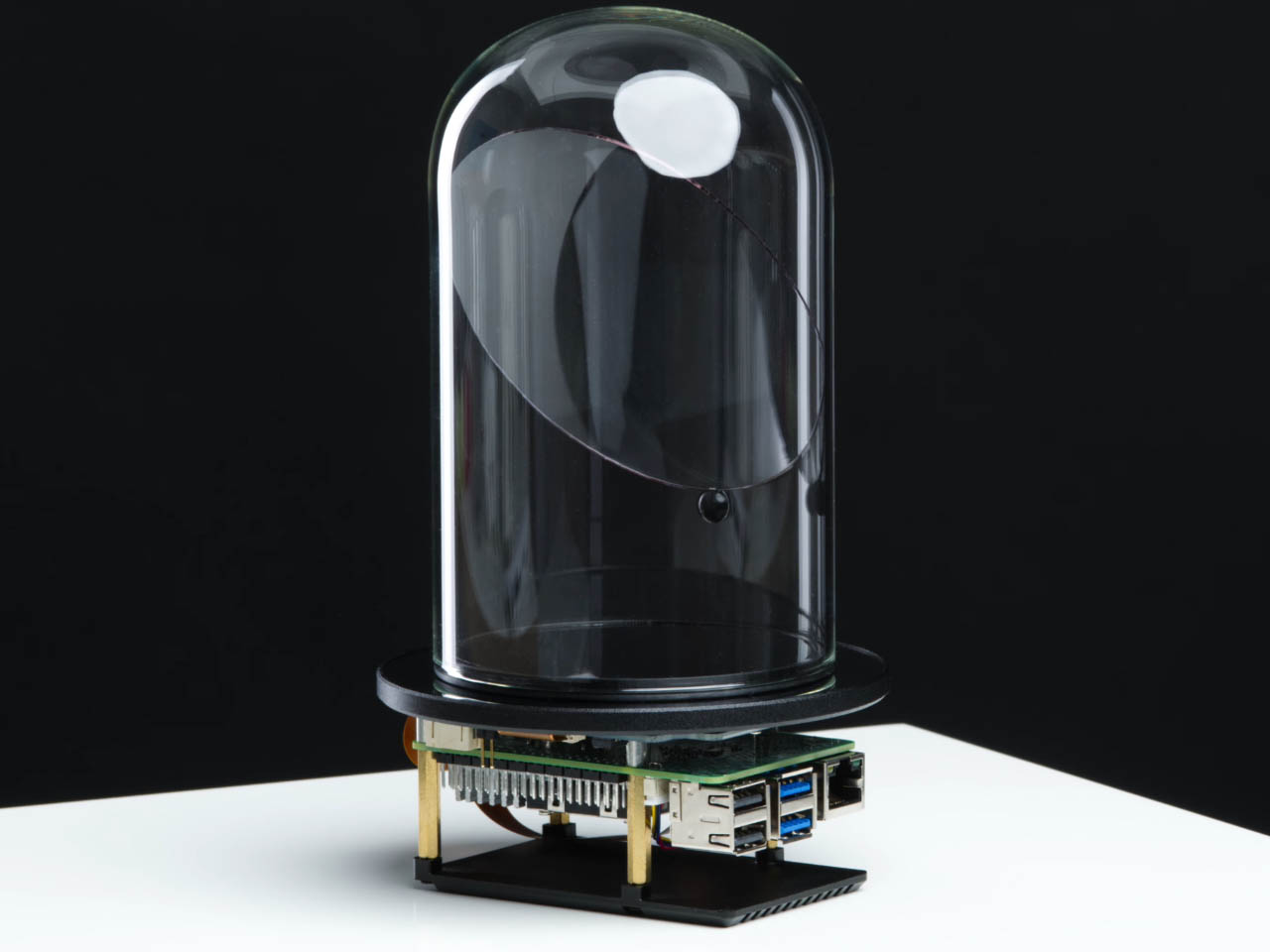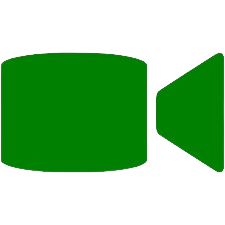Raspberry Pi as a basic computing machine is useful for a wide array of purposes, ranging from home automation and triggered inputs for gadgets, to computer science projects or advanced robotics. The modular utility of this inexpensive computer for IOT applications makes it a versatile choice for seamless hardware and software connectivity. The tiny single-board computing machine costing as low as $30 comes with USB ports, and no wonder it is the favorite play toy for DIY’ers who like to create unique things. VEEB Projects likes to tinker around with Raspberry Pi and 3D-printed creations for some cool DIYs like the Precision Turntable and a Super 8 Cyberdesk.
Their love for the affordable computer continues with this eye-popping DIY that brings a 150-year-old illusion to life on your desk. The project is centered around the Pepper’s Ghost illusion a classic optical illusion that creates the appearance of a ghostly figure or image that seems to float in mid-air, often used in theater, amusement parks, and museums to create hologram-like effects. This illusion was first put to the test in the 1860s by John Henry Pepper in a theater, and it’s still used today for creating holographic effects in many live shows and attractions.
Designer: VEEB Projects


Dubbed the Transparent Floating Display, this DIY gadget takes its design cues from the classic stock ticker tape machine invented in 1870 by Edward A. Calahan of the American Telegraph Company that was the standard when it came to transmitting stock price information over long distances before the inventions of computers. Used for the early half of the 20th century, these reliable tickers were in use until the early 1970s. Employing the complex play of reflections and light, the holographic dome projects a very clear image thanks to a reflector positioned at an angle of 45 degrees inside the housing. For better viewing when placed on a desk, the see-through floating display can be toggled to an angle of 60 degrees. At the base of the gadget is a small round LCD panel that is connected to the Raspberry Pi 5 having 16GB RAM. To make the source image visible from the LCD, a privacy shield is used.
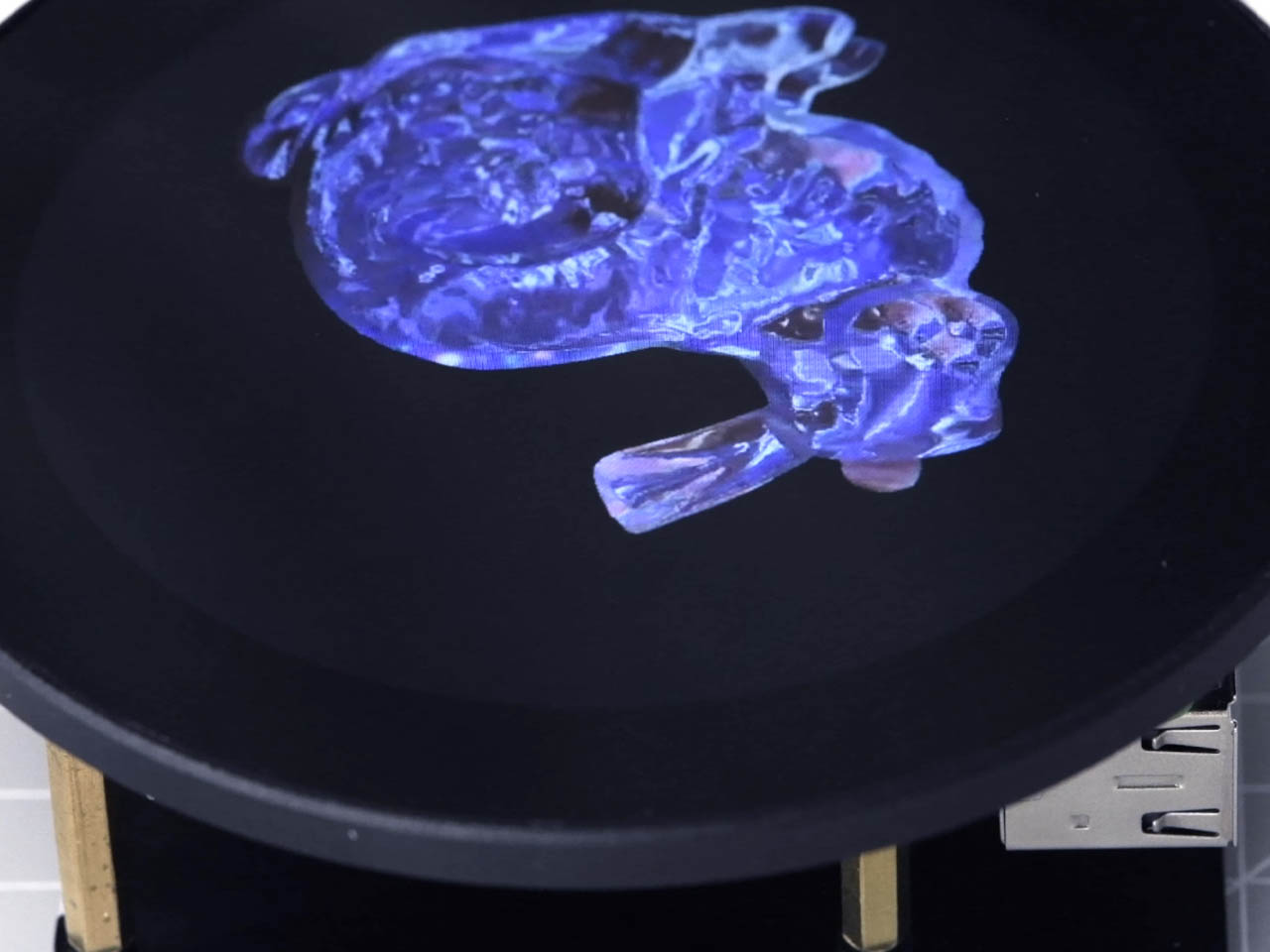



According to the maker, it took a lot of tinkering and mathematics to get the assembly just right for the illusion to work hitch-free. VEEB employed the magic of algebra to sort the distortions for a clear transparent effect that looks mesmerizing in a geeky workstation setup. The round base of the dome is created using 3D printing to conceal all the hardware inside. One can also substitute a Raspberry Pi Zero 2 to recreate this effect. The makers are kind enough to keep the project open source as all the code and 3D models for the design are shared on GitHub. What would we put inside the dome of this steampunk desk gadget? Maybe a cool music equalizer visualization, To-do-list notes, vital notifications, or a virtual aquarium!
